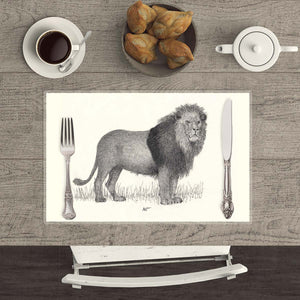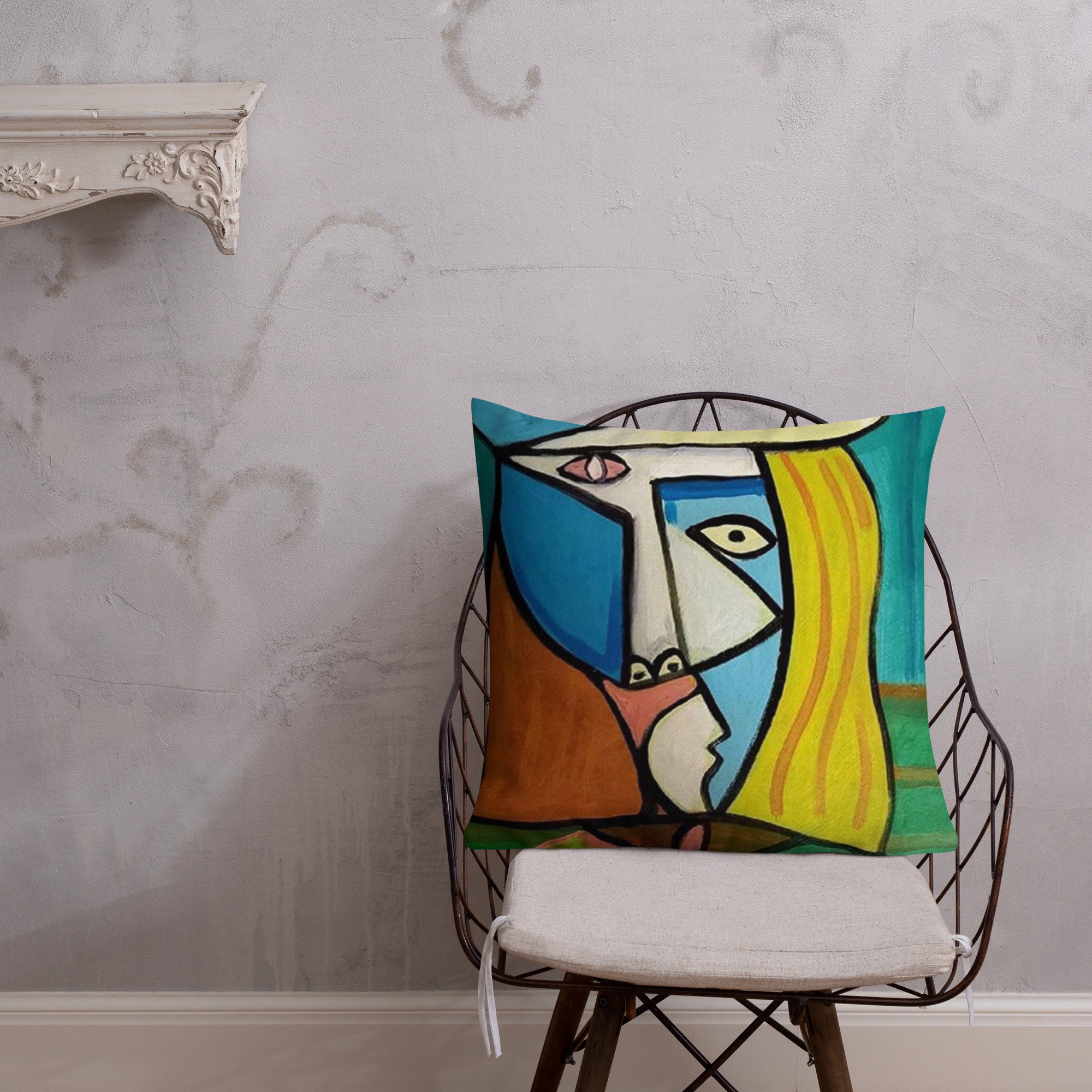Unique Art Fundamentals Explained
Unique Art Fundamentals Explained
Blog Article
7 Simple Techniques For Unique Art
Table of ContentsThe Best Strategy To Use For Unique ArtAn Unbiased View of Unique ArtGetting My Unique Art To WorkNot known Factual Statements About Unique Art
While one could discuss which art type holds priority, the fact stays that each of these seven types supplies an unique window into human history, culture, and evolution. They are the tapestries that chronicle our journey, advising us of our past while motivating visions for the future.Terrific art work narrates, makes individuals look twice, and develops a distinct experience that can not be matched. Art and images connect all of that via shade, form and various other style elements. Find out how to make your unique artwork stick out from the crowd.
3 Emil DervishIn this entryway by Emil Dervish that beautiful cobalt blue door takes the program. To bring a lot more drama, he prolonged the paint. to the doorframe and the wall up, completing in a curved form. The curves, together with a round sconce, soften the edges - Unique Art. Structures vintage posters and maps of cherished locations established the scene.
8 TRIA GIOVANEqual components grand and laidback, this foyer created by Anthony Baratta is the best plan to adhere to if you're embellishing an official entrance that still really feels unfussy and comfortable. Patterned textiles take facility stage (see the carpets and the couch), however they also aid bring the high ceilings to a human scale when hung over wallpaper.
More About Unique Art
18 Heidi Caillier DesignA gallery wall does not require to take up the entire room. Sometimes a little one can make a bigger style statement. In this living area, Hiedi Caillier opted for micro-mini frameworks and an arbitrary make-up.
The components of this languageits forms, lines, colours, tones, and texturesare made use of in numerous means to generate experiences of volume, room, motion, and light on a level surface. These aspects are incorporated into expressive patterns in order to represent genuine or supernatural phenomena, to interpret a narrative style, or to develop entirely abstract visual partnerships.
Later on the idea of the "fine artist" developed in Asia and Renaissance Europe. During the 19th century painters in Western societies began to lose their social position and protected patronage.
Our Unique Art Statements
Others made an earnings through touring exhibits of their work. The need to appeal to a market had replaced the comparable (if less impersonal) demands of patronage, and its result Learn More Here on the art itself was probably comparable. Generally, artists in the 20th century might reach a target market only through commercial galleries and public galleries, although their work may have been sometimes reproduced in art periodicals
It is the sense of inevitability in this official organization that gives a terrific painting its self-sufficiency and existence. The colours and positioning of the primary images in a style may be sometimes greatly determined by representational and symbolic factors to consider. Yet it my sources is the official interplay of colours and forms that alone is capable of connecting a specific state of mind, producing optical experiences of space, quantity, motion, and light and creating pressures of both consistency and tension, also when a paint's narrative meaning is unknown.
Do not replicate the design of other artists if you're looking for your design. Duplicating other people's artwork can be great in educational functions yet it will not make you closer to finding your own unique design. Your imaginative design has to be, what you like and what motivates you.

The 7-Minute Rule for Unique Art
You need to try great deals of various alternatives and discover every little thing prior to you can concentrate on one specific style or you'll be burnt out, or even worse, you'll dislike your own design. So I recommend you to attempt each and every single subject that you're interested in, discover as much as you can. Try different mediums that excite you and new methods you've never attempted before.
With time you'll be able to sort all of them right into your favorite and least favorite classifications. Attempt to concentrate your focus look at this now on the subjects and mediums that you like and prior to you see it coming you'll have your own individual and special design, like no person else have! So in the long run you'll have a few favored based on repaint and perhaps a couple of preferred tools.

Report this page